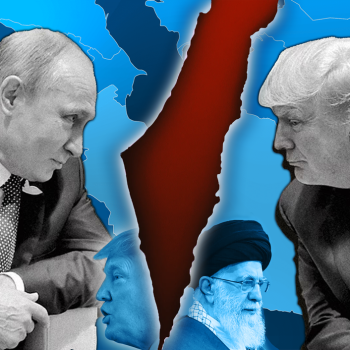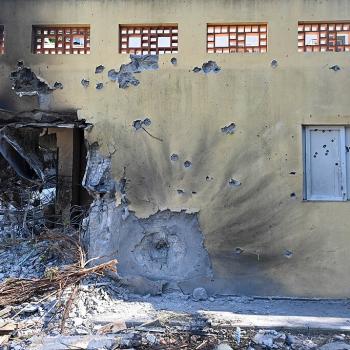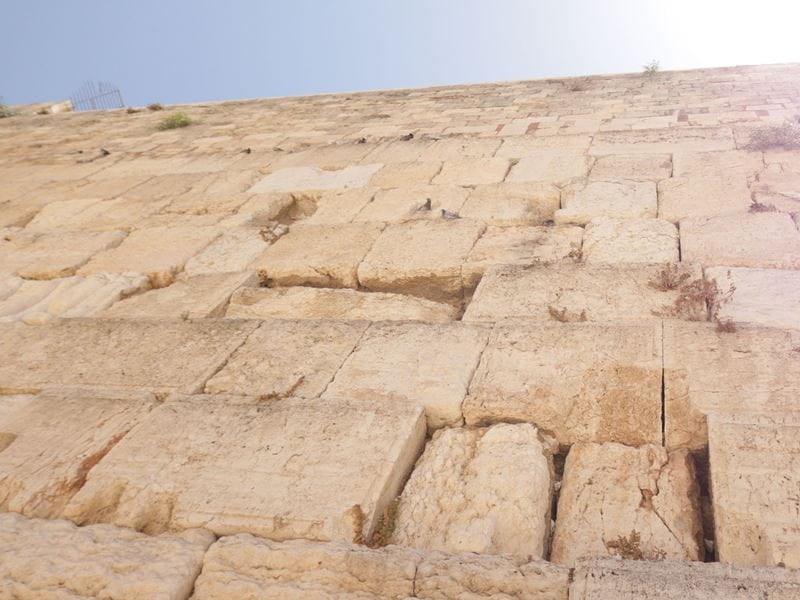
- Trending:
- Pope Leo Xiv
- |
- Israel
- |
- Trump
- |
- Social Justice
- |
- Peace
- |
- Love
The 100 Most Holy Places On Earth
The Western Wall

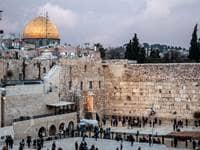
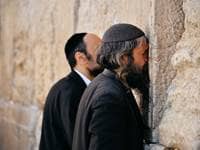
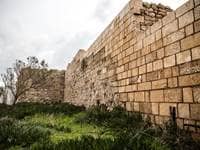
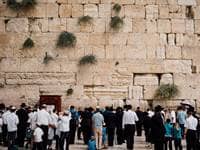
Also Known As:
Western Wall
HaKotel
Wailing Wall
Associated Faiths:
It is officially an Orthodox Jewish Outdoor Synagogue. To a lesser extent, it is also sacred for other Jewish denominations. Christianity will often feel some connection to the Western Wall, as it is the closest thing remaining to the temple that Jesus once frequented (though it is not actually part of Herod's temple). Other religious traditions who might visit this site would be doing so out of curiosity about what happens there, but not because the site has had any sacred importance in their traditions.
Accessibility:
Open to visitors. Head coverings required. Men and women have separate sections of the wall that they may visit.
Annual visitors: 12,000,000
History
The “Western Wall” (or “Kotel”—meaning “wall” in Hebrew) is often referred to as the “Wailing Wall” (though many feel that designation is inappropriate or even erroneous). This ancient structure often causes some confusion, largely because of something Jesus prophesied. According to the Gospel of Matthew, Jesus said of Harod’s temple that “not one stone” of it would be left “upon another.” The entire thing would be toppled or destroyed. However, some erroneously assume that the “Western Wall” is part of the ancient Herodian temple. In reality, the “Western Wall” is not part of the Herod’s expansion of Zerubbabel’s temple. That was completely destroyed by the Romans in AD 70, thereby inadvertently fulfilling Jesus’ prediction. The Kotel is simply what remains of the retaining wall that once supported the temple mount upon which the temple once stood—a wall which dates to around 19 BCE.
These 1,300 feet of the ancient temple mount’s retaining wall (of which, only about 187 feet are exposed and approachable) are today what constitutes the most important shrine and place of pilgrimage in all of Judaism. It is the closest thing the Jewish people have left that bears some association to their Second Temple. The reverence that Haredi and Modern Orthodox Jews have for this wall is akin to what you would expect them to feel for their ancient temple—were it still standing today. The portion of the wall where worshippers congregate has been officially declared an “Open Air Orthodox Synagogue.” Thus, men and women have separate, partitioned off, spaces at the Wall.
Prior to the 1967 Six Day War, the Wall was part of the territory of the Hashemite Kingdom of Jordan. It was, and is, an almost exclusively Muslim nation. Consequently, when the Kotel was in Jordanian hands (1948-1967), Jews were forbidden to visit, congregate at, or worship at the Western Wall. The site was occupied by Jordanian solders, and only non-Jewish tourists and Jordan’s military had a presence there during that time. However, following Israel’s June 10, 1967, victory, the wall came under Israel’s control, the Israeli military immediately demolished the Moroccan Quarter which abutted the Kotel, a mosque at that side was torn down, and more than 100 Arab families were forced to leave their homes (which once stood as close as 13 feet from the Western Wall). A massive plaza was built where the houses and mosque once stood, and the site became Judaism’s most important holy site from that time forward.
Aside from the conflicts between Jews and Muslims over the site, the “Women of the Wall”—a Jewish feminist group—has battled the Orthodox authority that has control over the site. They have sought to have the Wall open to men and women. They have sought the right to conduct worship services led by women. And they have requested other privileges—which have not been well received by the rabbinate. However, as a consequence of their efforts, they have acquired a screened off portion of the wall for women to worship at. But tensions between female worshipers and the Orthodox authority that controls the Wall persist.
Not only has the Western Wall been a popular and important pilgrimage site for Jews, but it has also been one for Christians of various denominations—largely because of the location’s association with Jesus and various biblical events. In addition, it has been a place of political pilgrimage. In an effort to take a stand regarding the ongoing Israeli-Palestinian conflict, or with the intent of encouraging peace and negotiation between the people and parties involved, numerous prominent figures have made a pilgrimage to the site. For example, Pope’s John Paul II and Benedict XVI visited during their respective pontificates. U.S. Presidents Barak Obama and Donald Trump made the trek during their presidencies. And other American politicians, like Hilary Clinton and Mitt Romney, have also visited the Wall and placed prayer notes in its crevasses.
Religious Significance
Jerusalem’s temple mount is hallowed ground for Jews, Christians, and Muslims. On that site, sacred events have taken place in each of these traditions—and prophetic figures (from each of the three Abrahamic faiths) have walked and worshiped thereon. While the Western Wall is primarily considered “sacred space” to Jews, serving as an outdoor syngogue; it is a popular tourist site for Christians as well. For surly their Messiah, Jesus, would have visited that wall from time to time when He was in the city of Jerusalem.
The holiness of the Western Wall is not so much found in the wall itself but, instead, it is derived from the Kotel’s proximity to a former “sacred site.” In other words, the Western Wall was never of itself part of a holy edifice, nor the site of a sacred event. However, as the retaining wall of the ancient temple complex, it is very near where Solomon’s temple once stood, as well as where Zerubbabel’s and Herod’s temples sat in centuries past. Thus, the Western Wall is a holy site by default—by association with what once was, but no longer is.
The Western Wall, officially functioning as an Orthodox synagogue, is a place of worship, ritual washing, and prayer. It is a place to read or recite God’s word (or law), and a place of reverence and meditation (though it is hardly a quiet spot). While it is forbidden to erect a chuppah and hold your wedding there, even so, there are several sites very near it that people get married—specifically because they wish to do so as near to the wall as possible. It is not uncommon to see brides in the vicinity taking photos on the day of their wedding. The Kotel is also a popular site to hold one’s Bar Mitzvah—and, in more recent years, a girl’s Bat Mitzvah. And worship services have been held near the wall, not only for Orthodox groups, but also non-Orthodox Jews. Among the other acts of worship common at the “Wailing Wall”—beginning in the 18th century, people started placing written prayer requests in the cracks of the Wall. The practice stems from the Midrash, which claims that “the Divine Presence has never moved from the Western Wall”; and from a teaching in Jewish Mysticism that “all prayers ascend to heaven through the Temple Mount, which the Western Wall abuts.” More than a million prayer notes are placed in the cracks of the Kotel each year. You can even email or text a prayer and have it printed out and place in the wall by those who maintain the site. Twice a year, the Rabbi of the Western Wall (along with his assistants) gathers them and buries them in the Jewish cemetery on the Mount of Olives.
Because the Wall is a synagogue or house of worship, and because of its connection to the ancient temple, men and married women are asked to cover their heads when near the Wall, and modest dress is required. While more tradition than command, when faithful Jews depart from the wall, it is common for them to walk backwards, so as to not turn their backs on the wall—as an act of reverence or respect. During Shabbat, electronics—such as cellphones and cameras—are not allowed on the site, so as to not profane the Sabbath. Of the many “sacred sites” throughout the world, the Western Wall is one where the sacrality of the site is most evident, based on the behavior of those who approach it. The spirit of reverence and worship that exists there can leave none—regardless of their religious tradition—questioning the holy nature of this place in the eyes of practicing Jews.


